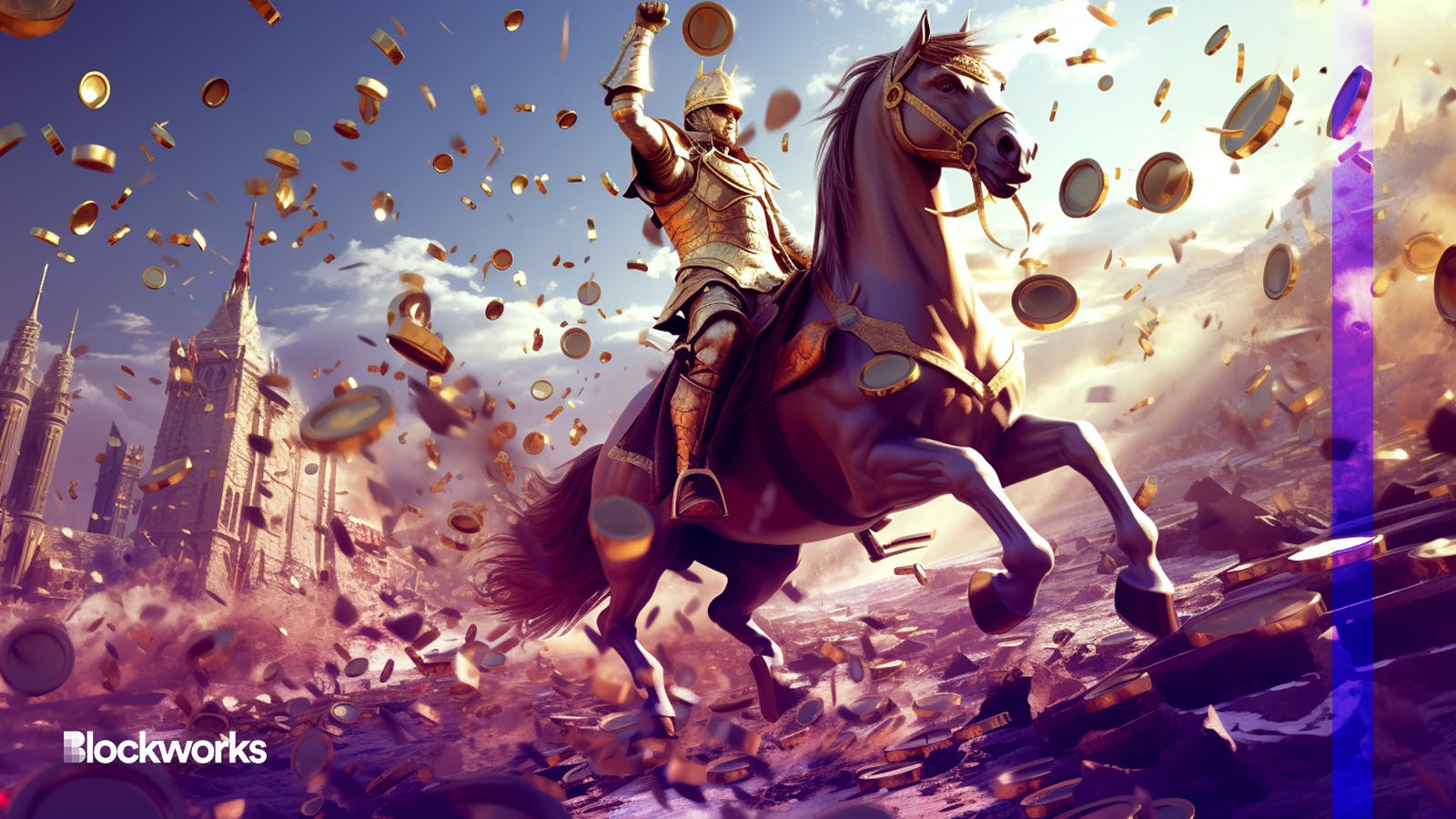Stablecoins are a battleground for the future of money
We should not let old paradigms prevent respect for the new societal expectation that the money we leave with a financial institution is fully ours

Midjourney modified by Blockworks
The House Financial Services Committee marked up the long-awaited stablecoin bill and moved it toward a potential floor vote on July 27. This was a milestone, but — despite over a year of negotiations across the aisle — the bill did not have bipartisan support. Chairman McHenry bitterly complained:
“Unfortunately, there was a third party in this negotiation that did not share our same sense of urgency — the White House…It was the White House’s unwillingness to compromise that has once again brought negotiations to a halt.”
Partisan politics may have played a role in the White House’s objection to the stablecoin bill, but what we are really witnessing is a battle for the future of money and who can issue money.
During the economic turmoil of the Great Depression, many leading macroeconomists, including Irving Fisher and other luminaries, called for a full-reserve banking monetary system, later known as the Chicago Plan. Congress ignored these calls and chose to keep fractional-reserve banking, which is still the system we have today.
During my tenure as a Fed staffer, the Chicago Plan was never mentioned to me. I was trained to take for granted that fractional-reserve banking was the only monetary system possible. Under this model, you deposit your money with a bank, and the bank must hold a portion of your deposits, but can lend out the rest. The bank can also hold cash reserves at the central bank (i.e., the Federal Reserve), which determines reserve requirements (e.g., capital requirements). Thus, banks create “commercial bank money” whenever they make loans. Only just over 1% of money in circulation today is physical currency. Most of the rest is commercial bank money.
But these Chicago Plan economists argued that this unsecured bank credit circulating in the economy as a “money substitute” was economically unstable. They argued for full-reserve banking where banks must maintain 100% each customer’s demand deposits in cash available for immediate withdrawal. Full-reserve banks cannot lend demand deposits and can only lend time deposits.
I can see why Congress found the Chicago Plan too radical. Who would make loans if not the banks? (When she was the head of the IMF, Christine Lagarde made a similar comment when asked about an IMF Working Paper on the Chicago Plan.) However, when Silicon Valley Bank and Signature Bank were closed, the real sea change that occurred was not that the US government saved regional banks because of their size and activities, but that it saved them because of the public’s changing expectations of deposits.
We as depositors now expect to have immediate access to our deposits. When SVB failed, we depositors did not view our deposits as contractual claims the way banks viewed our deposits as liabilities. We viewed our deposits simply as money — instantly available.
But for a nerve-wracking weekend, we suddenly realized that our money at SVB and Signature was not money but really liabilities of failing banks. Even payroll processors that used SVB were caught off guard as their small business clients transferred millions of dollars to them to pay their employees.
After decades of a successful deposit insurance scheme, we now expect our deposits to be cash, available for immediate withdrawal, and we as US taxpayers bankroll our expectation that deposits are money.
When one boils it down, the current stablecoin bill debate is over who can issue the money of the future — banks or non-banks — and therefore what type of digital money can even be issued.
All in all, banks can be stablecoin issuers. They have been issuing commercial bank money for decades and can continue to do so as issuers of digital dollars on blockchain. The Regulated Liabilities Network project incubated at the New York Fed is an example of the largest banks studying how to tokenize bank deposit liabilities.
But full-reserve banks, including money transmitters, can also issue digital dollars. Money transmitters are simply transferring funds. If I send money via a money transmitter, the money transmitter can tokenize my money and send it across the blockchain to make payment. In the meantime, the money transmitter must maintain 100% cash reserves. Such stablecoins would not be digital representations of deposit liabilities, but simply digital representations of funds.
I am not arguing that the US can have only fractional reserve banking or only full reserve banking. But our system should allow for both models to co-exist. The nature of money is quickly evolving, and we should not let old paradigms prevent respecting the new societal expectation that the money we leave with a financial institution is fully ours to use when and how we want to.
Get the news in your inbox. Explore Blockworks newsletters:
- The Breakdown: Decoding crypto and the markets. Daily.
- 0xResearch: Alpha in your inbox. Think like an analyst.






